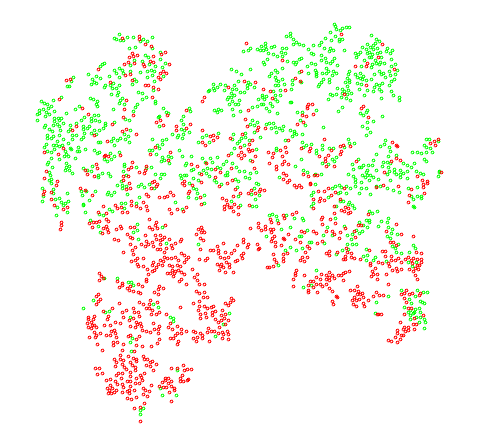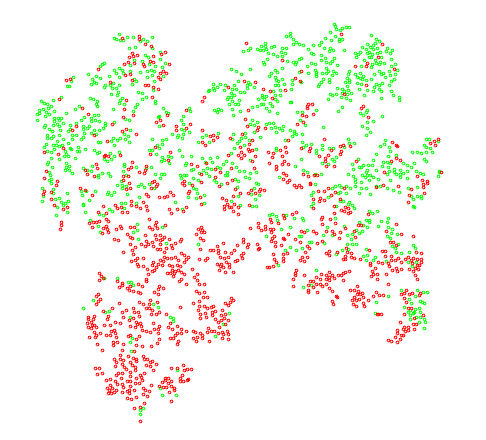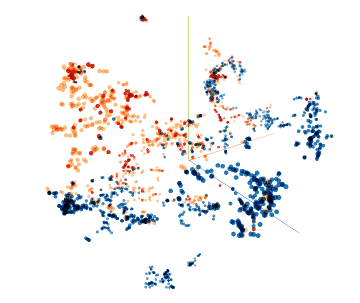
App Discovery with Google Play, Part 3: Machine Learning to Fight Spam and Abuse at Scale
January 30, 2017
In Part 1 and Part 2 of this series on app discovery, we discussed using machine learning to gain a deeper understanding of the topics associated with an app, and a deep learning framework to provide personalized recommendations. In this post, we discuss a machine learning approach to fight spam and abuse on apps section of the Google Play Store, making it a safe and trusted app platform for more than a billion Android users.
With apps becoming an increasingly important part of people’s professional and personal lives, we realize that it is critical to make sure that 1) the apps found on Google Play are safe, and 2) the information presented to you about the apps is both authentic and unbiased. With more than 1 million apps in our catalog, and a significant number of new apps introduced everyday, we needed to develop scalable methods to identify bad actors accurately and swiftly. To tackle this problem, we take a two-pronged approach, both employing various machine learning techniques to help fight against spam and abuse at scale.
Identifying and blocking ‘bad’ apps from entering Google Play platform
As mentioned in Google Play Developer Policy, we don’t allow listing of malicious, offensive, or illegal apps. Despite such policy, there are always a small number of bad actors who attempt to publish apps that prey on users. Finding the apps that violate our policy among the vast app catalog is not a trivial problem, especially when there are tens of thousands of apps being submitted each day. This is why we embraced machine learning techniques in assessing policy violations and potential risks an app may pose to its potential users.
We use various techniques such as text analysis with word embedding with large probabilistic networks, image understanding with Google Brain, and static and dynamic analysis of the APK binary. These individual techniques are aimed to detect specific violations (e.g., restricted content, privacy and security, intellectual property, user deception), in a more systematic and reliable way compared to manual reviews. Apps that are flagged by our algorithms either gets sent back to the developers for addressing the detected issues, or are ‘quarantined’ until we can verify its safety and/or clears it of potential violations. Because of this app review process combining analyses by human experts and algorithms, developers can take necessary actions (e.g., iterate or publish) within a few hours of app submission.
 |
| Visualization of word embedding of samples of offensive content policy violating apps (red dots) and policy compliant apps (green dots), visualized with t-SNE (t-Distributed Stochastic Neighbor Embedding). |
Preventing manipulation of app ratings and rankings
While an app may itself be legitimate, some bad actors may attempt to create fake engagements in order to manipulate an app’s ratings and rankings. In order to provide our users with an accurate reflection of the app’s perceived quality, we work to nullify these attempts. However, as we place countermeasures against these efforts, the actors behind the manipulation attempts change and adapt their behaviors to bypass our countermeasures thereby presenting us with an adversarial problem.
As such, instead of using a conventional supervised learning approach (as we did in the ‘Part 1’ or ‘Part 2’ of this series, which are more ‘stationary’ problems), we needed to develop a repeatable process that allowed us the same (if not more) agility that bad actors have. We achieved this by using a hybrid strategy that utilizes unsupervised learning techniques to generate training data which in turn feeds into a model built on traditional supervised learning techniques.
Utilizing data on interactions, transactions, and behaviors occurring on the Google Play platform, we apply anomaly detection techniques to identify apps that are targeted by fake engagements. For example, a suspected app may have all its engagement originating from a single data center, whereas an app with organic engagement will have its engagement originating from a healthy distribution of sources.
We then use these apps to isolate actors who collude or orchestrate to manipulate ratings and rankings, who in turn are used as training data to build a model that identifies similar actors. This model, built using supervised learning techniques, is then used to expand coverage and nullify fake engagements across Google Play Apps platform.
 |
| A visualization of how a model trained on known bad actors (red) expands coverage to detect similar bad actors (orange) while ignoring organic users (blue). |
We strive to make Google Play the best platform for both developers and users, by enabling fast publication while not compromising user safety. The machine learning capabilities mentioned above helped us achieve both, and we’ll continue to innovate on these techniques to ensure we keep our users safe from spam and abuse.
Acknowledgements
This work was done in close collaboration with Yang Zhang, Zhikun Wang, Gengxin Miao, Liam MacDermed, Dev Manuel, Daniel Peddity, Yi Li, Kazushi Nagayama, Sid Chahar, and Xinyu Cheng.